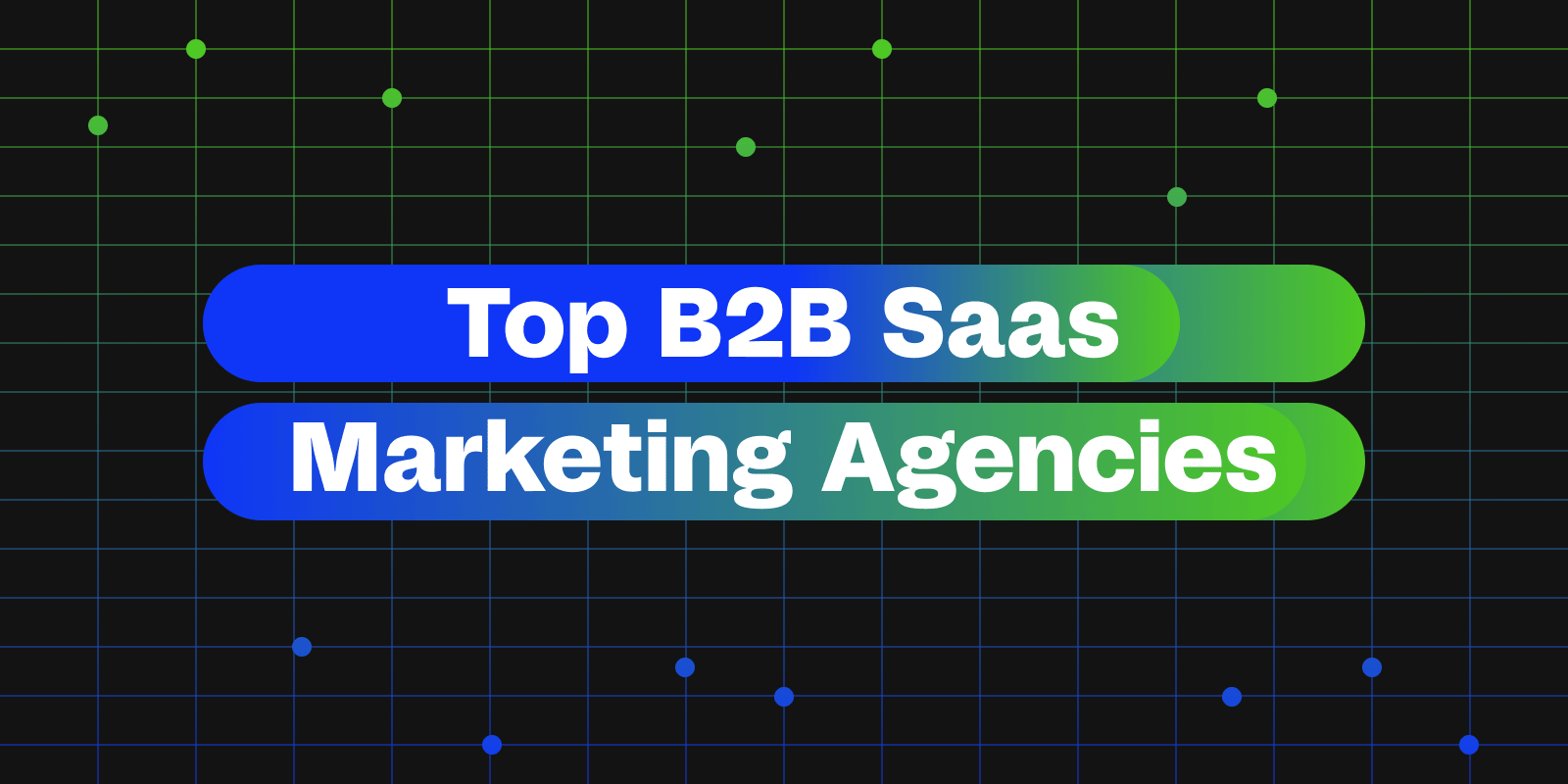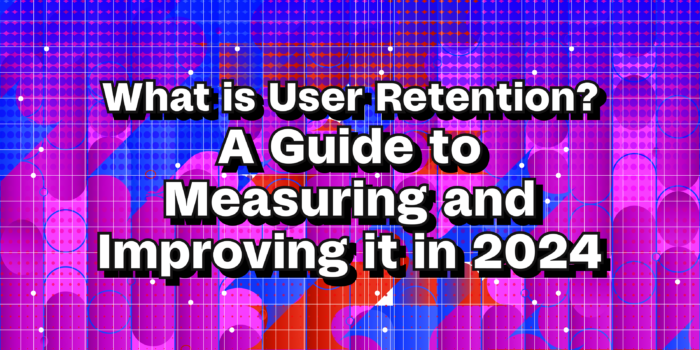Little has changed in the practice of driving growth from Web1 to Web3, with the largest catalyst for change being the tools we use.
Fundamentally, communities have organically formed around common interests and goals through each iteration of the internet — with factors like platform, region, socioeconomic status, and education level, driving engagement within those communities. The social media of today was the message board of yesteryear, with micro-threads popping up to cater to even the most niche of interests and causes.
The same then is true now in that those who were most successful in converting passive interest into active participation were able to answer the who, what, when, where, and why in a compelling matter to activate their audiences and drive individuals to join the efforts.
And just as we witnessed in the shift from Web1 to Web2, in the reconfiguring of digital social dynamics, we are witnessing the same today with the shift to Web3.
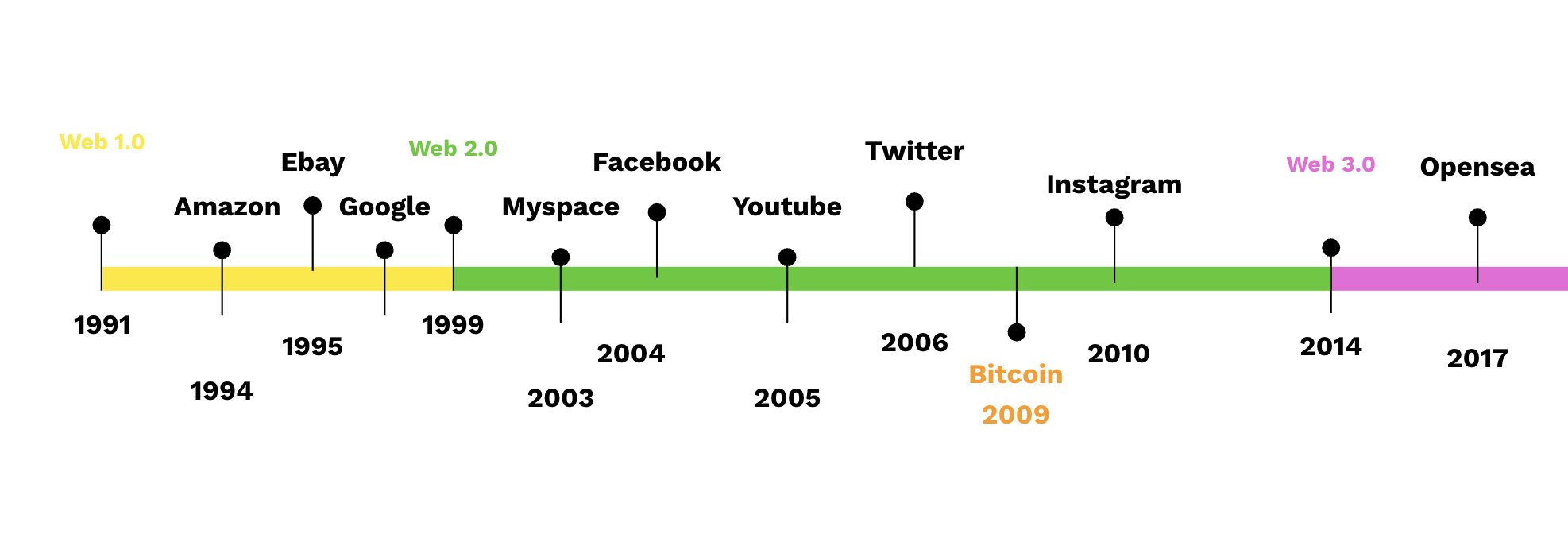
What are the differences between Web2 and Web3 marketing?
Web2 Marketing
With Web2, the growth was rooted in participation, largely in part to the advent of low-no code development tools for the web (looking at you, Squarespace), providing users with access to new tools to express themselves, voice their opinions, and share their beliefs on a global scale in real-time. The metric for success during this period was typically “engagement rates” which, depending on who you asked, would often have varying formulaic derived user data to support it, but was ultimately a quantity driven metric with those gaining the most likes and followers reigning supreme.

In the late stages of Web2, as we’re experiencing them now, the metrics have shifted greatly towards quality-based measurements; with success equating to involvement over volume. In this phase of Web2, communities were more incentivized to have 100 highly active members in their ranks, as opposed to 1,000 passive members following the increase in habits for users attempting to game the system through fake followers and bots.
Accounts in the early stages of Web2 with 1M+ followers were generally sought after for partnerships and influencer campaigns, though as the space progressed and users and advertisers got wiser, trends began emerging where these same accounts, despite their large following, would only receive a handful of likes and comments per post – making causing them to fall in desirability.
This was partially due to the segmentation of the internet as a whole, with micro-communities developing with highly specialized audiences developing around individual causes or ideas. Websites like Digg, Reddit, and 4Chan emerged with a creator-driven focus to allow users to create their own communities within a community dedicated to the indexing of nearly any topic imaginable.
Simultaneously, image and video-driven social media platforms began building what we now know as the “creator economy” where artists, designers, and all other forms of entertainment and content-driven personalities were able to leverage social connectivity in order to develop tight-knit communities for even the most niche of interests.
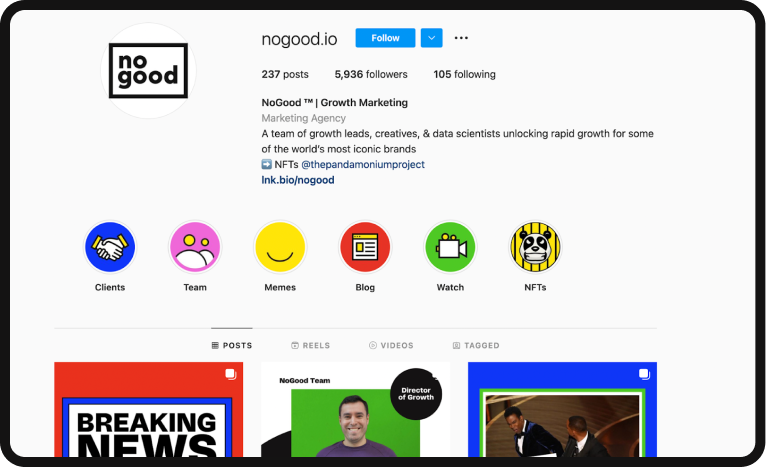
Web3 Marketing
As we make the move into Web3 marketing, these niches have become even more specialized and dedicated to their particular interests, with a language all their own, and with the new tools that Web3 provides. And as we approach Web3 for engaging and building communities, the process has become, as they say, “different, but same-same.”
In studying the cultural shift into the new age of the web, we’ve compiled a comprehensive guide to some of the leading tools to consider for your next best Web3 project.
The Tools for Web3 Marketing:
There are two phases to successfully building Web3 projects:
- Product Driven
- Community Driven
We’ve broken down each phase to explore how to properly market your Web3 project by engaging with communities while building your product in order to simultaneously build trust and credibility during the building process and then move into the community-driven space with not only a trusted product but a growing base of legacy Web3 users.
Phase 01: Product Driven Web3 Marketing
Leveraging Blockchain-Based Marketing Strategies
The use of decentralized platforms and technologies, like Blockchain, is a key component of creating a user-centric Web3 product. Blockchain is enabling brands to create trust through transparency and user control which inadvertently creates a robust loyalty program. This level of active participation is converting the user experience from consumeristic to a sense of ownership and turning users into partners.
Two strategies appeal to this new type of user; white papers and coins.
Building a White Paper
The calling card for any reputable Web3 project is a white paper – an authoritative document that serves to outline your project, what you mean to solve, and to some degree, how. Though they’ve been around since the early 1900s, bitcoin used the format to lay the groundwork for what we know as cryptocurrency today and has set a precedent for using a white paper as the blockchain equivalent of a press release.
A good white paper, if carefully distributed, has a high likelihood of going viral within Web3 communities and gaining a great deal of attention.
In addition to broadcasting your intent with your Web3 project, a solid white paper also serves to add legitimacy to a project in a landscape that is otherwise filled with a great deal of skepticism for those who don’t have a track record to substantiate their ambitions.
By setting the groundwork in your white paper, the community can peer-review your project, provide feedback in real-time, and ultimately gauge their alignment with it, as well as the need for the project in the community and its likelihood to succeed.
Types of coins for Web3 marketing
Considering that nearly all Web3 communities are built on the back of Bitcoin, we would be remiss if we didn’t mention the coins themselves as the tools they are (or can be) for nurturing growth in the new web.
While it may seem foreign to attempt to build a community based around what many believe is just “digital money” there is a decent amount of depth to the situation that might be missed at first glance, as well as a variety of token types that aren’t created or utilized expressly for their store of value – but that’s a good place to start.
What are security tokens
As mentioned, building community around “digital money” may seem counterintuitive, but the reality is that there are nearly ten thousand individual cryptocurrencies currently in existence, many of which have robust communities built around them, and have forked off of either Bitcoin or Ethereum (the two major ecosystems for blockchain technology).
The reason for this is that despite all of the things that the Bitcoin white paper arguably got right, it is widely accepted that it wasn’t without flaws.
There’s a concept in blockchain that is called the ‘blockchain trilemma’ which essentially states that out of decentralization, security, and scalability, the blockchain can only ever provide two out of three.
As is human nature, rather than accept that as fact, many have accepted it as a challenge and take to minting new coins in the hopes that they’ll perfect the work that Satoshi Sakamoto set the groundwork for back in 2009.
Where does marketing factor into this? Well, there is a very dedicated segmentation of the population who are dedicating their life to solving some of the inefficiencies that blockchain presents and they tend to be ardently idealistic, and quick to support, adopt, and contribute to any project that is seeking the ultimate truth of blockchain to put the trilemma to rest – if you’re up for the challenge.
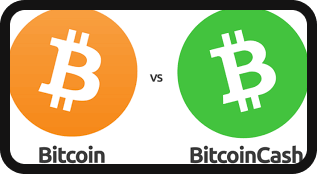
This has been seen in real time with the emergence of Bitcoin Cash, the leaner and faster sibling of the original Bitcoin which was created through a hard fork in 2017 in an attempt to make Bitcoin more aligned with the intentions set out in its white paper. Due to its larger block size, Bitcoin Cash is capable of transacting faster and incurring fewer fees, making it more suitable as a functional currency. Though it doesn’t have the same cult-like following (orange pill anyone?) that the original Bitcoin has retained due to its almost mythical store of value, Bitcoin Cash has established a fairly dedicated community around it and has been adopted by many as a reliable liquid asset for Web3 and a welcome alternative to stablecoins.
What are access tokens
Depending on your project, access coins can be minted as a mechanism to grant users entry to either specific areas in your metaverse project, or to specific accounts on your website.
No matter how you utilize them from a functionalist perspective, your initial distribution of them can be a major factor in drawing attention to your project.
For instance, if you’re trying to sell a certain number of access tokens to your upcoming NFT gallery opening in Decentraland, you would be wise to scrawl the ledger to find the wallet address of some prominent figures in the art space and air-drop them their NFT invites, along with a personalized access coin.
By drawing their attention to your event, and publicly acknowledging that they’re being gifted access tokens demand can be generated for your event and encourage those in the NFT community to purchase their own access tokens so they too can be in attendance – a much more effective approach than spamming them on Discord.
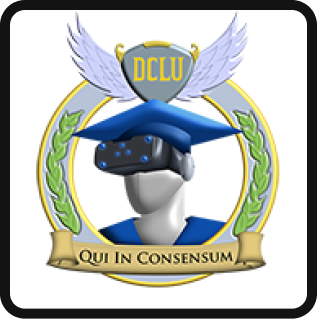
Once again looking to the metaverse for guidance, Decentraland has plans for an upcoming university, which will utilize access coin technology in order to limit access to only those who are enrolled in their program. This shines a light on additional functionality in the ability to not only grant users access to specific spaces but also limit the amount of time that they’re given access. Educational programs, events, and other forms of community activations can all utilize this functionality to provide timed access and manage program lengths as needed.
What are governance tokens?
Governance coins serve as a voting mechanism, similar to having shares, or a seat on the board, in a traditional business. Many DAOs (Decentralized Autonomous Organizations), such as SpiceDAO – a group of individuals pooling funds to purchase a script bible from Dune author, Alejandro Jodorowsky – will utilize governance tokens in conjunction with smart contracts to carry out the will of the community to make decisions within the organization.
Confused? It’s really simple (I swear).
The way it works is:
- Code is written into a smart contract for the potential outcomes of a vote for the organization. (ie; Vote yes = chain is forked, Vote no = chain continues)
- Those holding tokens will vote based on the number of tokens they hold.
- Once the votes are cast, the smart contract will deploy the results as programmed to.
Similarly to access tokens, and shareholders for that matter, these tokens can be used as a means to draw interest from different communities through bestowing them as gifts to individuals that an organization would desire to have involved in their project.
This would require a bit of organic outreach, of course, in order to negotiate the terms of their involvement, with considerations being made for the circulating supply of the governance tokens for that project to ensure that governance doesn’t become overly saturated by any individual, or group of individuals, as to maintain a decentralized voting protocol.
What are utility tokens?
Consider these the arcade tokens of Web3 – the most prominent of which in existence is likely Axie Infinity’s, ‘Smooth Love Potion’. These coins are created with the express purpose of being utilized within a particular space, or on a particular platform.
In the case of Axie Infinity and the general practice for the gamification of blockchain, these coins become the currency of gaming ecosystems or metaverse spaces. In the case of Axie Infinity, a smooth love potion can be earned through playing the game, which can then be spent within the gaming ecosystem in order to increase your character’s abilities and increase your playing prowess.
Freemiums have always been a great way to draw in new players, even in traditional video game ecosystems – providing the players a taste of the game in order to see if they enjoy it and allowing them to further buy in if they do. The same can be said for most Web3 games, particularly those with high barriers to entry (Axies themselves can cost $200 each to mint, with rare Axies fetching thousands).
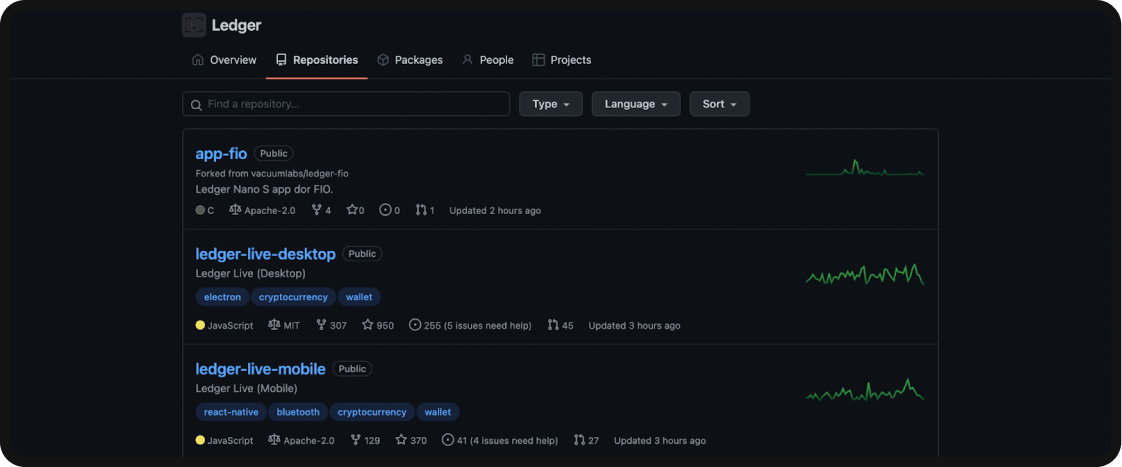
Paid media campaigns on traditional social channels offering those being served your ad a handful of free tokens to your Web3 game can increase your player numbers and drive new adopters to your play-to-earn ecosystem with the promises of return on their buy-in if they are successful in their gaming journey.
Utilizing open source strategies for your Web3 Communities:
Most projects in Web3 communities are open source, meaning that the code is publicly available so others can either:
- Improve upon it for the project, or…
- Borrow it for their own.
Publishing your code through Github can be a great way to bring in new supporters for nearly any Web3 project as it is a sign that you not only understand the culture of Web3 communities but also welcome people to talk about something they’re passionate about – specifically something that not many people fully understand.
This is a similar experience to building niche communities in Web2 in that, in a sea of people who might love pop music (arbitrary example), finding someone (or someone) who shares your particular appreciation for whatever sub-genre you fancy most can be thrilling.
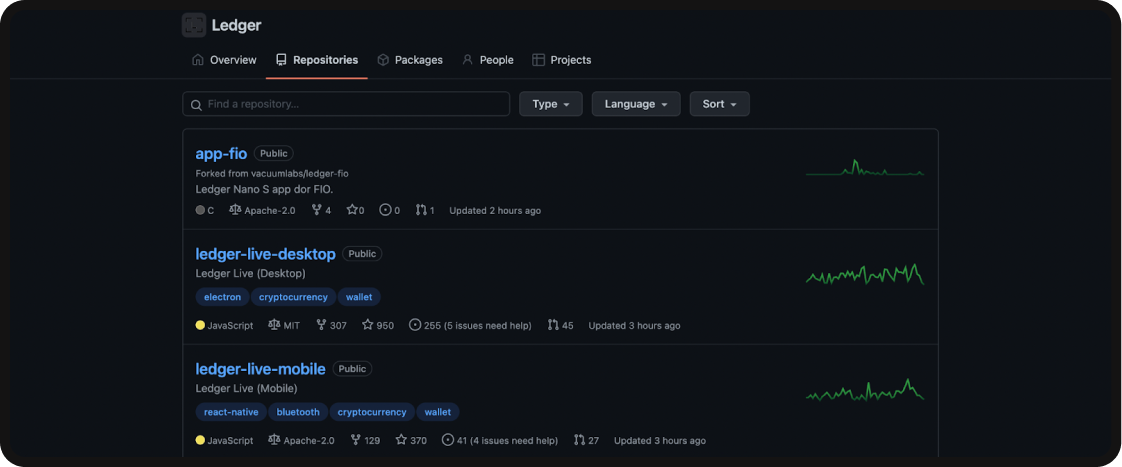
Going back to the white paper, having your code out in the open and allowing others to utilize it or discuss it is a great means for referrals or just starting a little buzz about what you’re building, or in the case of hardware wallet giant, Ledger, add an additional layer of trust in your product by allowing users to see how the wallet is built, and know that what is being advertised is what is actually being sold.
Utilizing bounties for growth:
It may seem counterintuitive to promote your project by placing it at the mercy of the hacking community, but visibility is important for all matters of growth – and you might reinforce your product in the process.
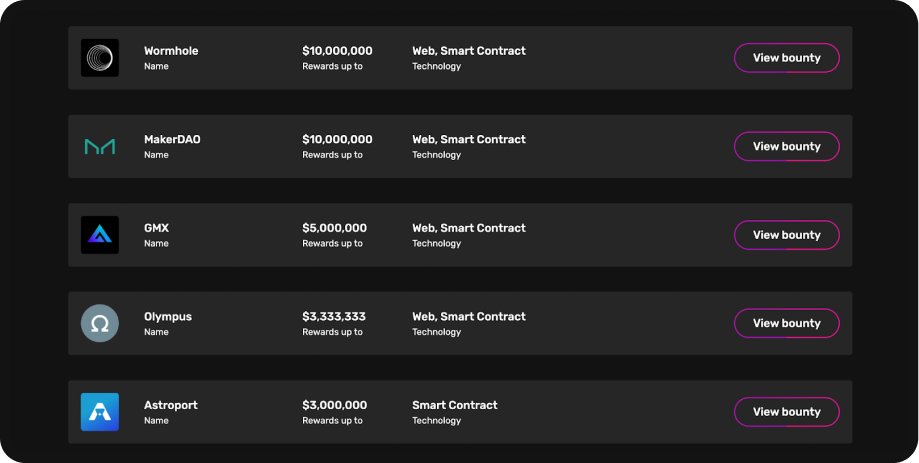
Calling back to open source practices, and code switching (literally and figuratively) in Web3, presenting your project to the bounty community will help to legitimize your efforts, and stress test your product in a safe manner while rewarding users with monetary prizes for finding bugs in your code, as organizations such as Immunefi have done with an impressive $20M in bounties rewarded.
Projects not actively seeking to fortify their code are generally met with skepticism as to the robustness of their security protocols, which can be a death sentence in a space that is not only dedicated to self-custody and security but also frequently targeted by scammers and hackers.
Phase 02: Community-Driven Web3 Marketing
Understanding the language in Web3:
As mentioned above the fold, language is a tool all its own within Web3 and a topic, as is true with all of the above tools, deserving a deep dive all its own. As we’ve discussed, culture is community, and community is culture, so understanding the lingo and vernacular of those you’re attempting to engage is possibly one of the most useful marketing tools in order to form a sense of legitimacy, and a necessary first step before approaching any growth driven initiatives for your Web3 project.
In many Web3 communities, there is an almost ritualistic call and response mechanism to greeting someone, with “GM” and “GN” being frequently used in order to signify that someone is tuned in to the culture. While this may seem as a general nicety, it is something that while not furiously defended as a standard of process, is noticed by many if it is lacking from your interaction with them.
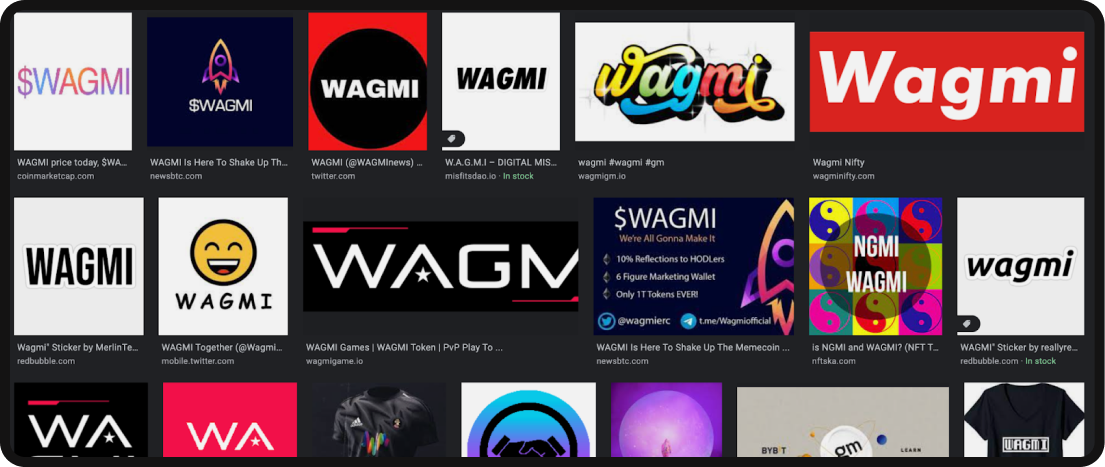
Beyond this, language is often built around hyper-optimistic notions of success for the future of Web3 and the various projects within it. “WAGMI” is an acronym standing for, “We’re All Going to Make It!” which is repeated frequently both in bullish and bearish times of the market for those who are crypto-enthusiasts as a means of signaling their beliefs that crypto is the future and that any stumbles today will lead to returns tomorrow.
These sentiments are echoed in the phrase “to the moon” or “mooning” which are used when a particular cryptocurrency experiences a sudden upward trend in price, in addition to other similar trends of phrase.
Alt Social + Dark Social Web3 Platforms:
There’s no better alternative to building a new project than by engaging in other communities, and there are tons of projects already thriving in Web3 – though they may be somewhat obscured.
While dark social may sound somewhat ominous, it really just refers to non-indexed social communities. These can range from Facebook groups (spooky right?) to Signal groups, Discord servers, Slack channels, Whatsapp groups, Metaverse spaces, or other forms of non-traditional social.
It may take a bit of digging and research to find them, but once there, you’ve found your people.
These groups are the highest yield, and are prequalified and already engaged – you just need to cut through the smoke of everyone else looking to do the same thing you are (spam bots are very much a thing in these spaces).
These channels do pose their own unique obstacles in that, the spaces that are easiest to find are most inundated with bots, spam, and scams – so there will be additional leg work in order to prove your own legitimacy and stand out from the crowd – though any Web3 marketing manager worth their salt will be able to navigate these spaces with relative ease and be able to recognize opportunities vs. rug pulls.
The other groups, particularly those that aren’t indexed, tend to be something of an invite-only situation, so a bit of cunning may be required to make your way to them. Traditional social can, at times, be a catalyst to getting that invite to the Signal group if you happen to reach out to the right person with the right connection – but this is heavily #ymmv (that means your mileage may vary for the non-internet folks).
These groups and dark social spaces are some of the best places to dive into if you’re new to the space or in the early stages of building your project. They do allow for a great deal of access to individuals who may be counterintuitively towards the top of any particular decentralized technologies. Joining a Discord server for an NFT project, or an exchange platform will likely yield direct access to the founders and all involved, who spend time openly engaging with their audience, which is fairly unprecedented – imagine joining the Starbucks Discord and the CEO was just hanging out talking about roasting coffee beans.
A quick breakdown of the best alt-social platforms:
Discord:
An incredibly powerful chat tool for building communities once pioneered almost exclusively by gamers, Discord has proven as something of a new favorite for Web3 communities. Driven by the ability to cultivate and curate your channel to your own specifications, develop reward programs, customize emotes, stream user-generated content, and a plethora of other options, it is an extremely useful tool to not only build growth but engage with audiences.
Signal:
An end-to-end encrypted chat app, best known for being a destination for those abandoning WhatsApp following their acquisition by Meta (who was at the time still Facebook), Signal allows fairly discrete conversations to be held without fear of prying eyes or ears due to its robust security features. While the UI doesn’t necessarily provide the best experience for discovering new groups to join, it can be a highly effective tool for curating and condensing high-value members of other communities into a smaller and more intimate group for discussions that may not be best suited for public disclosure (for proprietary reasoning, not necessarily for anything nefarious outside of discussing trade secrets to those who are qualified to be receiving them).
Facebook Groups:
With 620 Million groups for purposes ranging from woodworking to kombucha making, Facebook retains some relevance in the Web3 discussion outside of their name switch to Meta. Many in the Web3 space have found highly curated groups on Facebook with deeply vested interests in Web3, with the space being almost universally touted as a gem for the community.
Slack Channels:
Similar to Discord in its functionality, Slack has departed from being viewed as the beloved workspace chat platform and is being co-opted by Web3 communities for the same reasons as Discord. Unlike Discord, however, finding new channels to join is more of an invite-only experience, so it may take a bit more digging to find the good stuff while exploring your options for the space. This can be to your benefit, however, in that there’s less chance that there will be migration loss from those converting to the platform, only to wander elsewhere.
A quick breakdown of the best organic social platforms for Web3 marketing:
Though Web3 is changing the way we approach social marketing with the advent of the metaverse, there is still a thriving community to engage with and approach through traditional media. Here’s a quick breakdown of the various platforms and the best use cases for each.
Twitter:
Widely considered the choice social media platform for Web3 conversations, Twitter is a space for active discussion and diving deep into threads driven by Web3 communities. Most prominent founders and leaders in the space have an active Twitter following and siphoning members of other communities can be as simple as joining the conversation in a thread and offering a unique or informed perspective to validate your voice.
TikTok:
Often referred to as Crypt-Tok, TikTok has proven as fertile ground for crypto enthusiasts and influencers who are eager to share their experiences with new projects, and products, and educate communities through content — shining a light on what’s new, best practices, and other valuable nuggets of information.
Despite having a somewhat adversarial early relationship with Web3, and more specifically cryptocurrency, the platform has brought down its guard and is embracing conversations about Web3 – so long as they don’t cross into the territory of financial advice.
Instagram:
The original image-driven platform can be a great space for showcasing your NFT projects or sharing bite-sized breakdown pieces in the forms of carousels, stories, and reels. Once the darling of the social media space, Instagram’s notoriously unpredictable, and often changing algorithm can be intimidating for those new to the space, though there is still value to be found in engaging with those who are crypto-curious or straight-up enthusiasts on the platform.
Facebook:
Often dismissed as advertisers continue to focus more heavily on Gen-Zers, there is still reason to utilize the platform while Web3 continues its push towards mass adoption in hopes of replacing traditional banking. With the recent shift in Facebook’s name to Meta, it’s likely we’ll see a shift coming from them in the near future to focus more directly on Web3 – potentially making them a more substantial space for those looking to encourage growth.
Reddit:
Reddit can be a platform that some find intimidating if they’re not familiar with the platform and the culture, but there are very dedicated Web3 communities to be found here. Subreddits like /r/cryptocurrency have frequent discussions on the current status and future of crypto at large, and even host weekly “skeptics” threads which provide a wealth of information from potential future adopters which can be extremely insightful in addressing potential pitfalls as you build your own web3 marketing strategy.
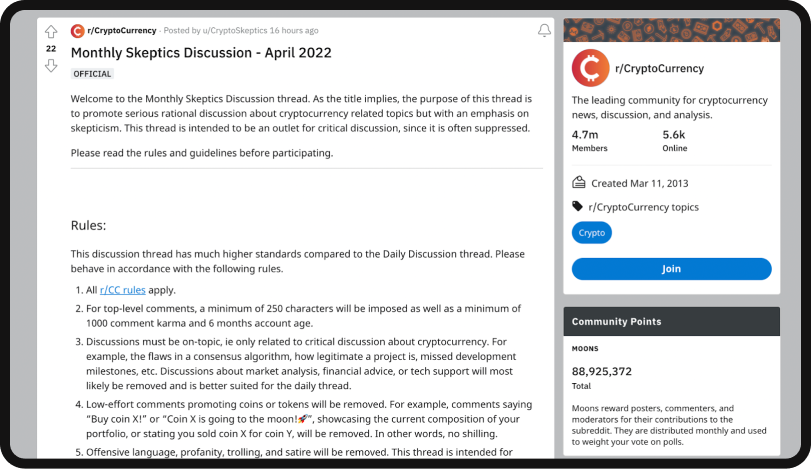
Marketing with NFTs:
There are a number of approaches to utilizing NFTs in your creative community building that extend beyond their conceptual deployment as digitally scarce art pieces. Similar to access tokens, these unique tokens can be distributed as a culture play in order to attract people to your project who share similar values or interests – an approach we’ve taken with our Pandamonium project to great success.

One of the most recent developments in the NFT space that shows a great deal of promise for the Web3 communities’ future is what is being called the “Proof of Attendance Protocol.” These are NFTs that are minted and gifted to attendees at certain events, concerts, galleries, restaurants, etc., which are unique to the user and act as not only proof that they were where they said they were (FOMO anyone), but also act as a digital archive of their experiences – similar to keeping old concert tickets stowed away for memories.
They can also be utilized as a training mechanism for those who are newcomers to the space to help in allowing users to dip their toes into the water, rather than leap in head first.
Solana recently launched an incredibly clever NFT project in conjunction with the launch of their proprietary hardware wallet – wherein users purchase an NFT of the wallet itself, which they can then exchange for the wallet itself.
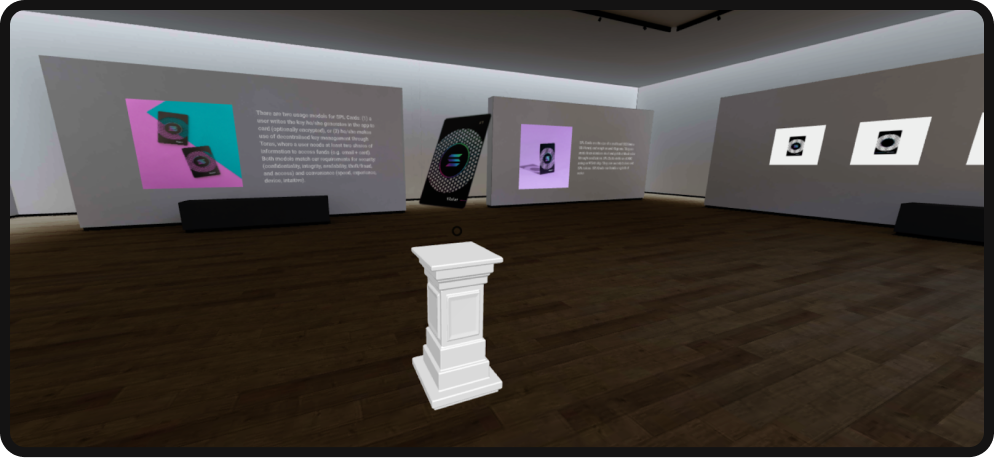
This is an elegant approach to teaching new users the ecosystem in that it:
- Requires new users to interact with their ecosystem to purchase the NFT.
- Ensures that their first transaction experience is with your project – allowing you to guide them through the process if needed.
- Establishes your group as trustworthy and dependable.
This isn’t to say that there’s no value in NFTs as art pieces as a mechanism for the landscape itself – though we wouldn’t conflate NFTs as a means for success for artists.
If we look to established artists, such as Shantell Martin, who in recent history launched an incredibly successful NFT collection of unique pieces that they developed specifically as a digital showcase, then we can see the value in minting a collection of NFTs.
The same can be said for the infamous street artist, Banksy, who minted a collection of squares from one of their famous pieces of a person throwing a bouquet of flowers. Due to the collectibility of their work in physical mediums, even the squares of the piece that were completely blank were still sought after and regarded within the art community for their ability to point out some of the absurdities that come with the concept of digital art collection. The point is, that they were able to find success by leveraging an already existing community that they had developed and ported over to the Web3 space to support their work.
This is not to perpetuate the myth that by simply minting NFTs that an artist, who otherwise doesn’t have a following or investors supporting their work, will be able to successfully leverage Web3 to find success – this is not the case.
One of the largest pitfalls that many newcomers to the space find is that releasing a collection of NFTs without doing the groundwork to promote and build growth first will result in losses due to gas fees – so it’s important to spend time engaging your audience first to properly measure the demand for your work, and perform the due diligence to make sure that the minting fees won’t outweigh the final sales value of the collection.
What is the future of Web3 marketing?
If Web3 has taught us anything, it’s that we can learn heavily from the past iterations of the internet in how we look forward to the future of the web, as well as the learnings we’ve yielded from those in the fintech space. While there are a number of new tools available, and mechanisms needed to be understood to effectively engage in the space, the fundamental process of marketing has remained predominantly unchanged as Web3 marketing strategies take shape.
It is no doubt that as the projects evolve, and the space becomes more mainstream, it will only become more accessible to be able to engage in the space and find success on these platforms.
However, there is something to be said about early adoption and getting out in front of the crowd. As we’ve witnessed with Web1 and Web2, those who “won” early on in the process were those who were there first. Amazon, being the giant of e-commerce we know today, had the distinct advantage of being one of the first to market in the e-commerce space, enabling their continued success in maintaining the lead that they established prior to the .com boom.
Similarly, many early adopters of modern social media and low-no-code spaces that are commonplace today found success in being ahead of the crowd. We’re beginning to see this happen again with TikTok as brands and individuals outside of the Gen-Z demographic the platform is known to attract begin to make the migration in an attempt to “beat the rush”.
The most certain thing that we know about the future of Web3 now is that, if we look at the timelines for Web1 to Web2, and the creation of Web3 to now, the space is poised for mass adoption as we encroach upon peak social and users are looking for the next thing – whether they realize it or not.



